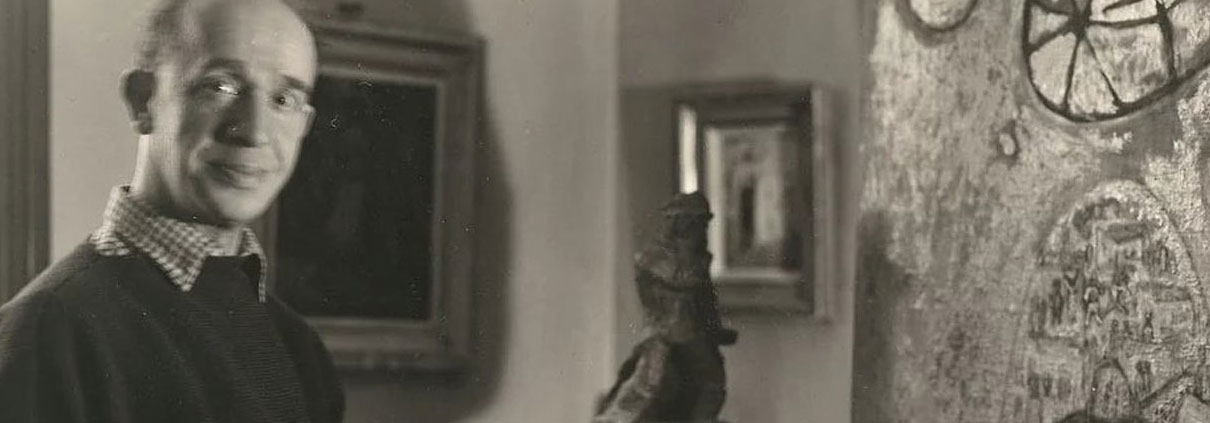Holocaust Remembrance Day, with a Tribute to J.D. Kirszenbaum
January 27th is the International Holocaust Remembrance Day. Around the world, and at the Willy Brandt Center in Jerusalem, we commemorated the victims of the Holocaust and reaffirmed our commitment to stand against antisemitism, racism, and all other forms of intolerance. In addition, this year we wanted to give a special tribute to the Jewish painter Jesekiel David Kirszenbaum.
Kirszenbaum was born in Poland and studied at the Bauhaus in Weimar, where he received guidance from Klee and Kandinsky. Later he became a recognized artist in Berlin, but following the rise of Nazism he moved to Paris. There, he actively and successfully contributed to the European world of arts. Kirszenbaum was one of many artists whose memory and work was for the most part lost in the Holocaust; his studio in Paris was looted and most of his creations destroyed by the Nazis, and while he had survived, his wife and most of his relatives were murdered in concentration camps.
Thanks to supporters such as the Baroness Alix de Rothschild, and thanks to the commitment of his nephew Nathan Diament, a Holocaust survivor who was hidden during the Second World War by a Christian family in Belgium, some of Kirszenbaum’s work was saved and his memory is still alive among today’s generations.
Diament kindly invited us to his home in Tel Aviv, where we were allowed to film him as he told us about his life and his uncle’s legacy. Refugeehood, loss and migration dominated a large part of Kirszenbaum’s life, and are reflected in his art. The works he had created after the Holocaust are, to some extent, a memorial, but also an ascendance, a new start, without ever losing his identity, his personal history, which are mirrored in his creations.
The Willy Brandt Center is looking forward to an exhibition project planned for this spring, presenting a series of Kirszenbaum’s cartoons, which he published under the pseudonym Duvdivani in various German magazines.



